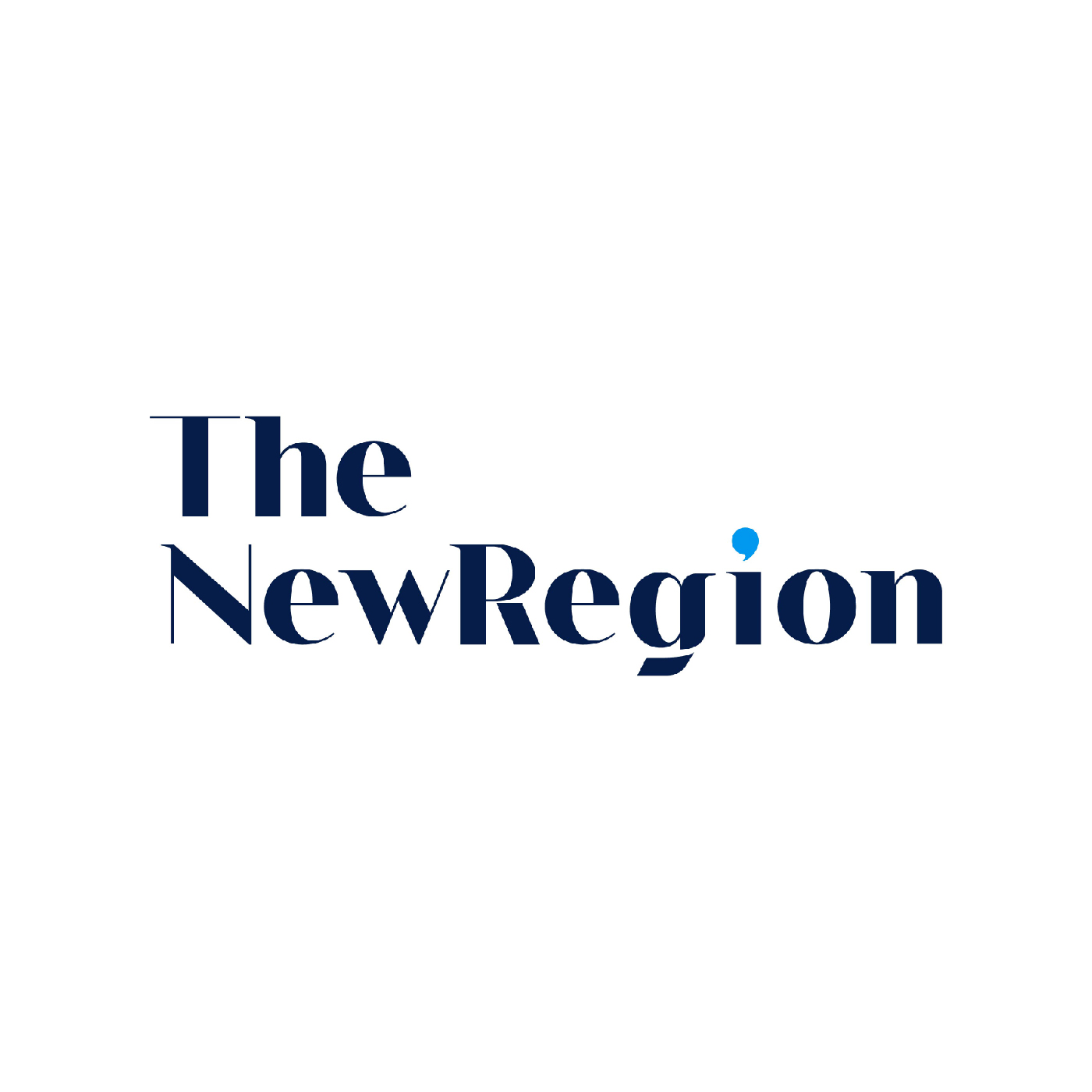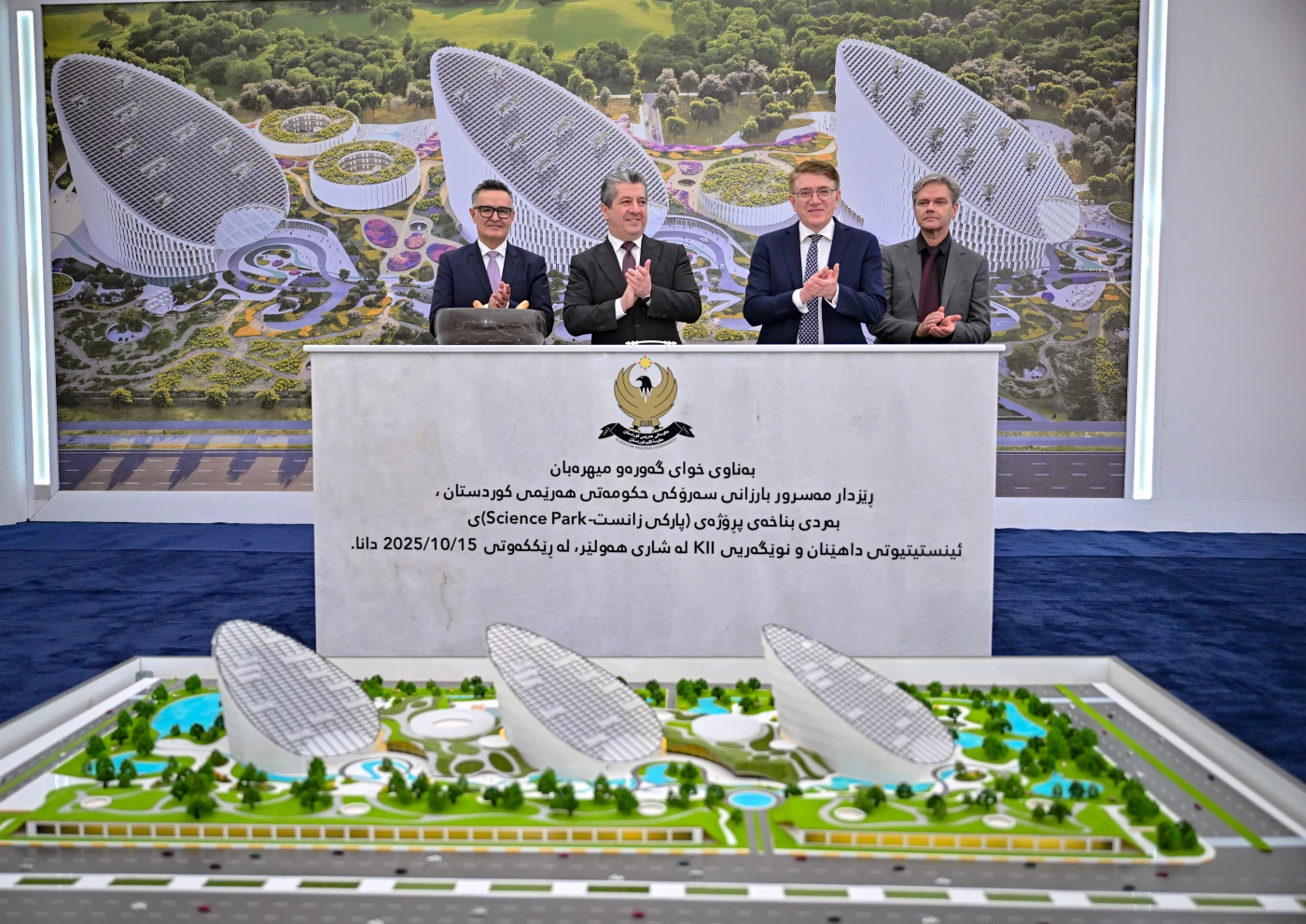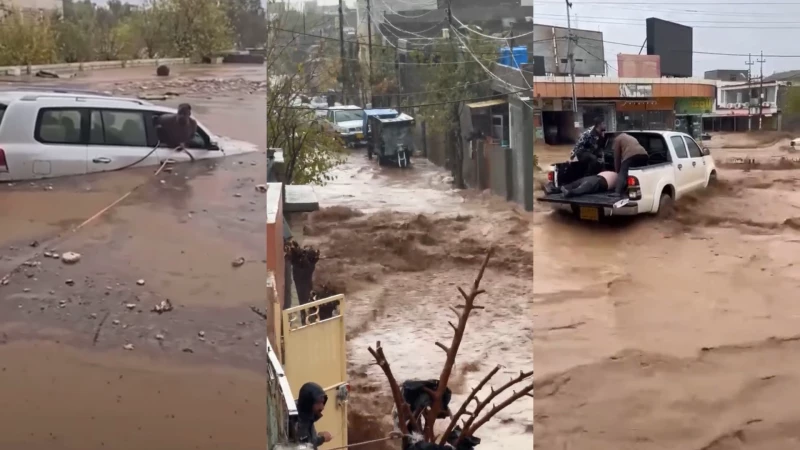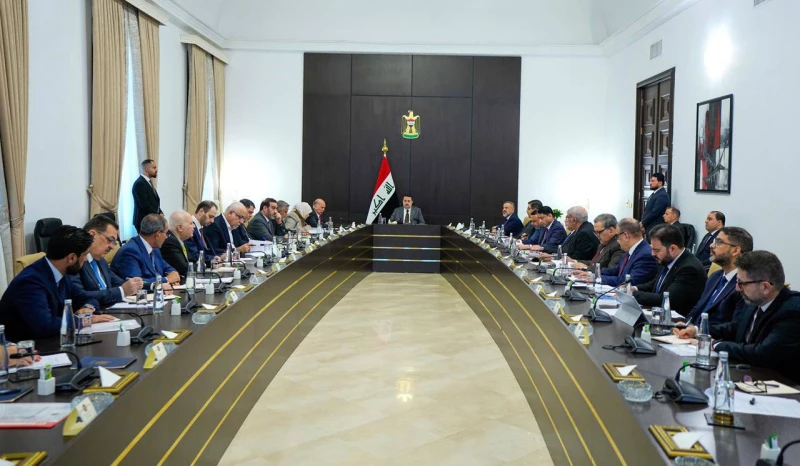ERBIL, Kurdistan Region of Iraq - Kurdistan Region Prime Minister Masrour Barzani on Wednesday laid the foundation for Science Park, a private-sector project intended to create a scientific and academic hub for innovation and support the Kurdistan Region’s skilled youth.
Speaking at a ceremony in Erbil to launch the project, Barzani expressed hope that the space will become “an important scientific and academic center and hub for bringing together innovators, entrepreneurs, and experts not only in Kurdistan but throughout the entire region.”
The Kurdish premier noted that a lack of “suitable opportunities” and “specialized places” meant many talented youth have sought to develop their skills abroad, as it has not been possible for them to “benefit from their ideas and innovations as needed” in their homeland.
He called on innovative individuals inside and outside the Kurdistan Region to engage with the Science Park project and “make it an important center of innovation.”
Barzani asserted that the Kurdistan Regional Government (KRG) would provide a “supportive environment” for technological innovations through the Kurdistan Innovation and Entrepreneurship Institute (KII) project.
The KII, a private institution aimed at fostering innovation and entrepreneurship, was first announced three years ago. The project includes plans for a science park to help innovators test ideas and conduct research across various fields.
“The idea behind the creation of Science Park was to provide a place for all the talents and abilities of our youth, but often there was not enough space and capabilities to turn their ideas into reality and projects,” Barzani added.
Barzani also thanked the Swedish firm Wingardh Arkitektkontor for their cooperation on the project since 2023.
Anders Olausson, a senior lead architect involved with the project, said in May 2023 that they modeled the Science Park on the Kurdistan Region’s landscape, inspired by the Kurdish saying: “No friends but the mountains.”
The design features mountain-like structures intended to maximize natural light, reduce heat, and harvest solar energy and rainwater, he said. The goal is to create a sustainable, collaborative environment with flexible research hubs and tranquil workspaces that reflect the surrounding landscape.



 Facebook
Facebook
 LinkedIn
LinkedIn
 Telegram
Telegram
 X
X


